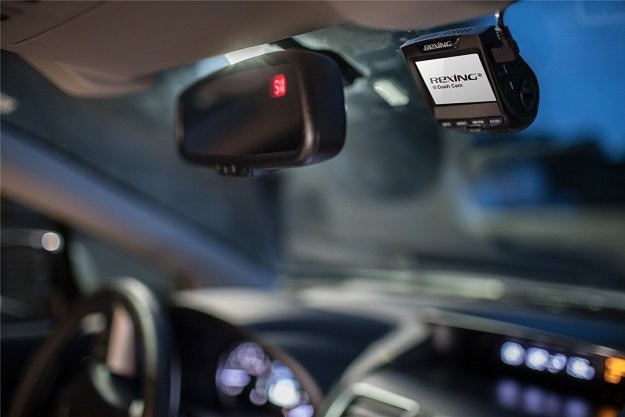
If you’re one of those people who wants to put the pedal to the metal and feel restricted by those pesky speed limits, this should pique your interest. A legislator in the state of California has proposed a bill that would introduce new, unlimited speed lanes that would be added to two of the state’s most traveled highways. While it would let drivers push their cars to new speeds, it also could cut down on emissions.
California state Senator John Moorlach of Orange County has proposed a piece of legislation that would direct the state Department of Transportation to build two new lanes on two major highways: Interstate 5 and State Route 99. The bill would place a new lane on either side of the roads, which link the cities of Los Angeles, San Francisco, and Sacramento. Those new lanes would allow drivers to go as fast as they see fit. Because the stretches of highway mostly go through flat areas, it lends well to higher-speed driving.
Were the bill to pass, California would pay for the new lanes using the state’s Greenhouse Gas Reduction Fund and would effectively replace the funding originally marked to be used for a bullet train between Los Angeles and San Francisco.
While it may seem counterproductive to add more lanes of highway, potentially courting more traffic, the California legislator believes the lanes would actually help the state cut down on carbon emissions. As the highways are currently constructed, bottlenecks and traffic jams result in slower moving traffic and more carbon emissions being put into the atmosphere. By ditching the speed limits, cars would be able to spend less time on the road and more efficiently burn fuel, using to travel at high rates of speed rather than to sit in traffic.
“Why don’t we provide people with vehicles the opportunity just to drive at 100 miles an hour, get to San Francisco in a shorter period of time than the train would?” Moorlach told the CBS affiliate in Sacramento. “You’re burning the fuel efficiently, as opposed to just sitting in slow traffic waiting for one truck to pass another truck for 20 minutes.”
It’s not clear if the plan to build unlimited speed lanes will go anywhere. The California state Senate will take up the bill at some point this year, so keep your eyes out for a potential autobahn-style road in California in the future.


